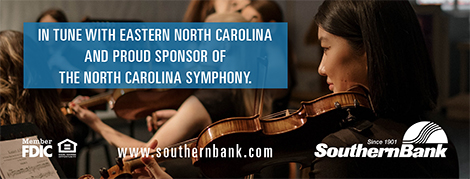Symphony No. 1 in C Major
Georges Bizet (1838-1875)
THE STORY
Perhaps best known for his opera Carmen (1875), Georges Bizet wrote an extraordinary amount of music in his relatively short life. His Symphony No. 1 in C Major, remarkably, was a product of his student years at the Paris Conservatoire—begun a mere four days after his 17th birthday. Being a student work, the Symphony contains a degree of conservatism that is almost Mozartean in its lucid textures; nevertheless, the Symphony also contains kernels of Bizet’s mature style, characterized by a dynamic energy and expressive lyricism.
Now considered a staple of the Romantic symphonic repertoire, the work was never performed during Bizet’s lifetime; it was revived purely by a chance discovery of the score. In 1933 the manuscript was found in the Library of the Paris Conservatoire, apparently gifted to the library after passing through the hands of Bizet’s widow and family friends. Given to the conductor Felix Weingartner by one of Bizet’s biographers, Douglas Charles Parker, Weingartner prepared the piece for its premiere in Basel, Switzerland on February 26, 1935, nearly 80 years after Bizet finished the work.
LISTEN FOR
- Bizet’s use of staccato strings, producing a sense of clarity and precision throughout the first movement and providing a contrast for the oboe’s lyrical melody that follows
- The moment when the second movement’s melodic elegance gives way to a fugue before returning to the opening musical ideas
- The drone-like cellos in the trio section of the playful Scherzo movement, perhaps suggesting a stroll through the countryside or a folk-dance
- The bustling perpetual motion of the Finale, which flies with a joyful intensity toward its conclusion with a catchy second theme in tow
INSTRUMENTATION
Two flutes, two oboes, two clarinets, two bassoons, four horns, two trumpets, timpani, strings
Notes on the music by Andrew Moenning

